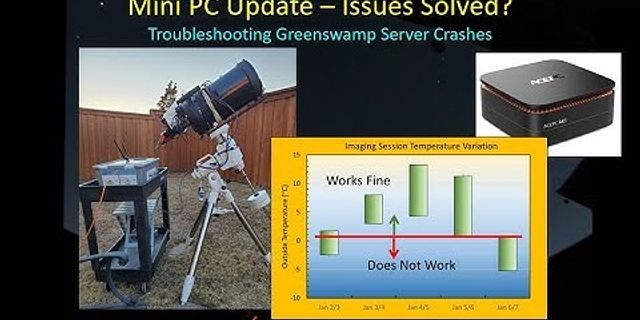Using lists is one of the best ways to present lots of information in a concise, easy-to-understand way. Lists will ensure that your presentations can be informative without boring your audience or inducing information overload. Let’s look at some of the ways that you can use a bullet point PowerPoint. Show Adding Bullet Points to PowerPointFirst, you need to select the area to which you want to apply the bullet points. Then, you will need to click on the bullet points icon. This icon is located on the “Home” tab in the middle of the page. Once you do this, you will be presented with a range of options from which you can choose. You can next select the best bullet points for your needs. If none of these options are appealing, or you want to access more advanced settings, click on the “Bullets and Numbering” button at the bottom of this options menu.  Figure 1: Some of the bullet point options from which you can choose. Adding a Numbered List to PowerPoint Figure 2: The location of the numbered list icon in PowerPoint. In some cases, you might prefer to use a numbered list. Numbered lists can make it easier for you to spell out your points. To do this, you will need to click on the numbered list icon, which is also on the “Home” tab, next to the bullet point list icon. This list will give you multiple options, ensuring that you can select the best one for your presentation. How Do You Make a Multi-Level Numbered List in PowerPoint?You can create multi-leveled lists in PowerPoint using the tab key. When you want to create a new level, you can hit the tab key, which will shift everything across, starting a new list on that level. By default, this new numbered list will begin at number one. However, there are some ways to customize this to suit your needs. You can use the method we discussed above to define a new type of numbered list. Alternatively, you can select the text and right-click, which will bring up a range of options. You can adjust the way that list items appear by selecting either the bullet or numbered list sections.  Figure 3: Using right-clicks to change the settings for the PowerPoint list items. To get back to the previous level, you will need to use the shift + tab keys. In some cases, you will need to change the settings on that level to return to the original formatting. While it can be time-consuming, setting a multi-level list will help your presentation stand out, pleasing your audience. Lists will let you summarize much information in a short space of time, helping keep your presentation short and ensuring that your audience understands your points. As we discussed, there are multiple options for using PowerPoint bullet points. Hopefully, you will now understand some of the things that you can do to use this powerful set of tools in your presentations.
Numbering capabilities in PowerPoint are very limited, especially compared to what is possible in Word. Some years ago I made this article discussing the subject in versions 2003-2007-2010. You can apply different bullets or numbers/letters to each individual level. You do that in the master of the presentation (Figure 1), go to View and click Master click in each level and choose the numbering button on the Home tab to apply the style you need. Below (Figure 2) I have adjusted the indents on the ruler to have the letter align perfectly with the previous level.
Click in the placeholder and use the tab key to choose a lower level or shift+tab for a higher level.
1. 1.1. 1.1.1. 2. 2.1. 2.2. 2.3. 3. 3.1. 3.2. If you still want to use true multilevel numbering you will have to use Word as a workaround. Here's what you do:
Click the down arrow under the Paste button and choose the Paste as picture icon
 As you can see in the sample below (Figure 3) pasting as a picture is a true reproduction of the original list. You can only enlarge/shrink and move the picture. Editing of course is not possible.
2 Paste unformatted text (partially editable)
 To make the list appear as the original in Word you have to select the complete list and add a tab stop in the ruler. Then click in front of every second level number and press the Tab key of your keyboard. You can edit the list in a very limited way (Figure 4), adding a first level number is possible by positioning your cursor and pressing enter. Second level numbers will have to be added/changed manually. Not really a prospect to look out for, so avoid it if possible. See the example below.
Pasting as plain text in a placeholder is also possible. For instance in the Title and object layout. This gives you the following result:
 To get rid of the bullet click on the placeholders border and click on the numbering button in the paragraph group of the Home tab. To obtain the original look of the list you will have to use the same technique as described above, add tab stop(s)/indents and use your keyboard tab key to align the text. The formatting you applied in the Word outline is gone (bold numbers and text on level 1) which is to be expected as we pasted as unformatted text. Life gets more complicated when text in the original outline has more than one line. This video shows you what to do after you paste as plain text.
3 Paste as Microsoft Word document (fully editable)
You can edit the outline by double clicking the object in edit mode. This will open up a Word window inside PPT that allows you to make the necessary modifications. When finished click next to the object to place it on the slide again.
 Page 2 |




















